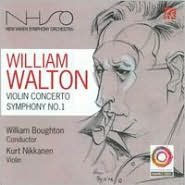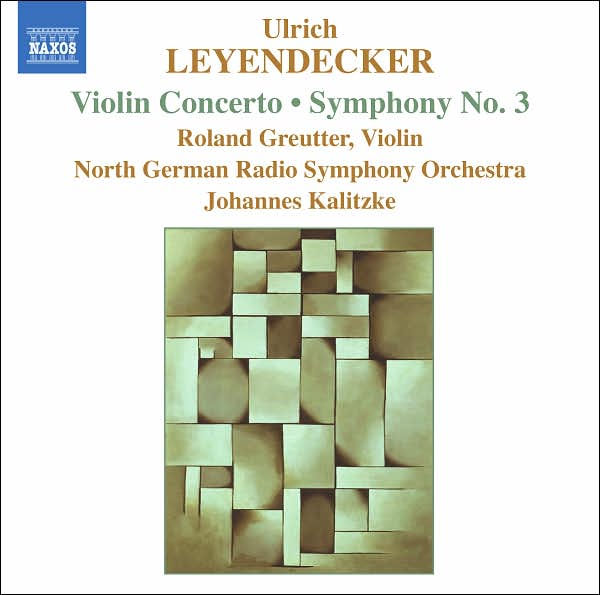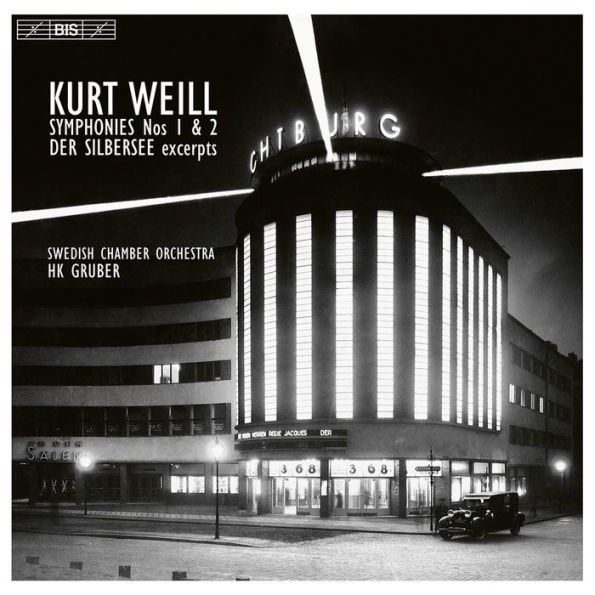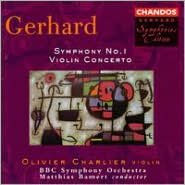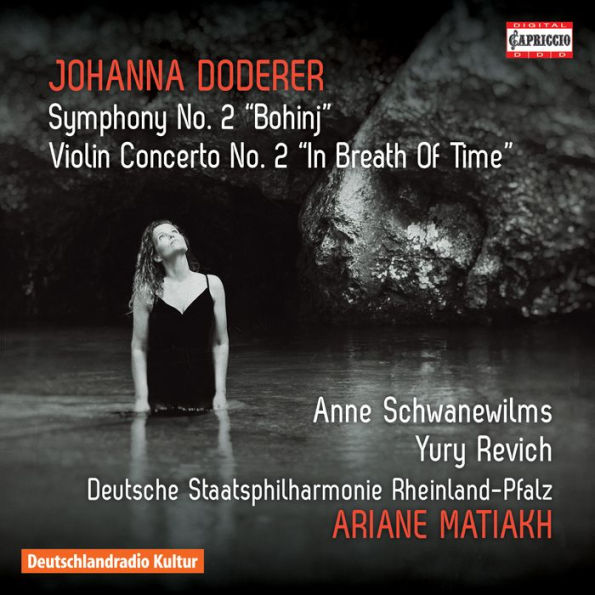Home
Kurt Weill: Violin Concerto; Symphony No. 2
Barnes and Noble
Kurt Weill: Violin Concerto; Symphony No. 2
Current price: $22.99


Barnes and Noble
Kurt Weill: Violin Concerto; Symphony No. 2
Current price: $22.99
Size: OS
Loading Inventory...
*Product information may vary - to confirm product availability, pricing, shipping and return information please contact Barnes and Noble
Perhaps because he was already hitting it big in musicals in the 1920s,
Kurt Weill
's concert works are less common on programs than those of his contemporary
Erich Korngold
. The
Symphony No. 2
, from 1933, was performed three times in the Netherlands under
Bruno Walter
and then forgotten; it was not published until 1966. As it happens, it is an effective document of its time that seems to reflect
Weill
's decision to leave Germany after
Hitler
's accession to power; high spirits break through in the final movement as if to look forward to the future, and there is a parody of goose-stepping Nazi troops. The three movements refer to Classical forms, and there is a hint of
Haydn
's spirit, although the work couldn't be called neoclassical. There is wit as well in the
Violin Concerto, Op. 12
, where the violin is but one of several instruments with a prominent role. Rhythms inspired by
Stravinsky
's
L'histoire du soldat
are unmistakable, but there are hints of
's teacher
Busoni
and of the German music halls, all incorporated into music that is entirely recognizable as
even to those only familiar with his popular music. This recording by the
Ulster Orchestra
under
Jac van Steen
, with
Tamas Kocsis
as the soloist in the
violin concerto
, captures the edge in
's music and is alert to the appearances of music-hall sounds. Either of these works could be profitably included on any symphonic program, and it is to be hoped that this recording will help make that happen more often. ~ James Manheim
Kurt Weill
's concert works are less common on programs than those of his contemporary
Erich Korngold
. The
Symphony No. 2
, from 1933, was performed three times in the Netherlands under
Bruno Walter
and then forgotten; it was not published until 1966. As it happens, it is an effective document of its time that seems to reflect
Weill
's decision to leave Germany after
Hitler
's accession to power; high spirits break through in the final movement as if to look forward to the future, and there is a parody of goose-stepping Nazi troops. The three movements refer to Classical forms, and there is a hint of
Haydn
's spirit, although the work couldn't be called neoclassical. There is wit as well in the
Violin Concerto, Op. 12
, where the violin is but one of several instruments with a prominent role. Rhythms inspired by
Stravinsky
's
L'histoire du soldat
are unmistakable, but there are hints of
's teacher
Busoni
and of the German music halls, all incorporated into music that is entirely recognizable as
even to those only familiar with his popular music. This recording by the
Ulster Orchestra
under
Jac van Steen
, with
Tamas Kocsis
as the soloist in the
violin concerto
, captures the edge in
's music and is alert to the appearances of music-hall sounds. Either of these works could be profitably included on any symphonic program, and it is to be hoped that this recording will help make that happen more often. ~ James Manheim


